-
Posts
1,527 -
Joined
-
Last visited
Content Type
Profiles
Blogs
Forums
American Weather
Media Demo
Store
Gallery
Posts posted by Volcanic Winter
-
-
15 and falling
-
14 hours ago, MANDA said:
It is honestly obscene. Was in a mall parking lot last night and i t was LOADED with rock salt. Almost could not see pavement though it.
The brine they used nearly destroyed my 2019 WRX that I commute with, caused a major oil leak that nearly took out my engine if I had let it go another couple miles before stopping the car. Shop said 100% the salt brine corroded the lines etc. My fault for not washing enough, but I certainly don’t neglect to wash my vehicle. What they do in NJ is entirely excessive - yes I understand the population density warrants precaution but they take it to a degree that’s just not warranted for the weather.
-
12 hours ago, mob1 said:
Was a nice surprise this morning to wake up to a dusting here in Staten Island. Now I'm ready for some real snow.
Have to get something to dig and amplify, everything is either cutting north and missing SNE even or squashed and weak, passing off VA. Not gonna work for my area through SNE (CT) and everywhere in-between.
Flow needs to calm down a tad, like the past few years it’s been fast again which isn’t helping anything to amplify in the right spot.
-
 1
1
-
-
4 minutes ago, jm1220 said:
Temp is up to 34 here, was in the mid 20s like I said for nothing. No one should be surprised temps are jumping with the SE wind switch and cause us to be rain near the city-coast. The high is leaving and causing the winds to switch to SE.
Yup, got down to 24 where I am, now up to 30.
-
The Hayli Gubbi eruption:
I’ve been fairly preoccupied and trying to stay on top of all these volcanic developments and catch up in various threads here. Rest assured if anything really major happens on the volcanic front I’ll do a write up about it - though Hayli Gubbi erupting fits that bill as this doesn’t happen often (long dormant system suddenly waking up due to magma from a neighbor system), and this may not be fully over depending on what’s going on down below.
I would also say there’s been some decent pulses of SO2 this year and last (Raung!) now into the stratosphere from all this activity. Not as much in total as say, El Chichon (and certainly nowhere close to Pinatubo), but enough to possibly have some effect. Was just reading about how cluster of VEI4’s may have had some impact in the 2009-2011 winters, which isn’t typical. Underscores that there’s a lot of interplay we don’t fully 100% understand, but I’ll always maintain volcanoes have a much bigger impact on climate than most realize. And we’re learning a lot of past historical climate disturbances were the result of multiple eruptions clustered together instead of just one, even Tambora had a massive precursor in 1808/9ish.
But to be very clear anything from this year / last would be on the lowest end of impact, if at all. But still possibly something in total. Let’s see what happens going forward. Lot of systems showing unrest!
edit: more links
https://watchers.news/2025/11/25/intense-earthquake-swarm-at-galapagos-fernandina-volcano/
-
 1
1
-
-
22 hours ago, Dark Star said:
What can Vocanic Winter share about possible Hawaiian volcanos and Mount Rainier tremblings?
Kilauea is doing sustained summit eruptions and recurrent lava fountaining - not to sell it short, spectacular lava fountaining. Apparently Kilauea is under increased magma supply right now from the hotspot and it’s putting it to good use filling in the 2018 caldera.
Mount Rainier is just normal rumblings of its hydrothermal system, if it were to progress to something more the activity would present quite differently IMO. Very likely absolutely nothing other than standard activity.
Laki Laki has had the biggest eruptions in its know history this year, it too potentially being under a period of increased magmatic supply. Several substantial sub-plinian blasts, I think combined definitely VEI4 territory.
Big story right now is in Africa, a volcanic vent that’s been dormant through the Holocene - Hayli Gubbi just had a substantial eruption, possibly a small 4 or large 3 but a very gassy for the size due to the type of magma. The SO2 plume was actually similar to the early estimates of the MUCH larger Hunga Tonga eruption, which goes to show how eruption size doesn’t ALWAYS dictate the amount of gas reaching the stratosphere.
Erta Ale, a very active system with a famous lava lake, had a bunch of its magma drain out and apparently form a lateral dike that extended under Hayli Gubbi, hit a pocket of stale, gassy magma, heat it up, and cause it to erupt. Super fascinating. Still ongoing too. We’ll see what happens. This theoretically could progress as I don’t think we really know what’s sitting under that system. The Afar region is poorly studied and monitored outside Erta Ale which is a big tourist attraction, well relatively speaking. The danakil depression / Afar region is super hazardous topography, very hot and very alien looking. Lot of crazy volcanism.
Fernandina in the Galapagos is having a major swarm right now, that’s a very cool volcano that had a substantial and unusual basaltic plinian caldera eruption in the 1950’s. I think a large VEI 4, but still somewhat unique and was quite an intense (fast) event. We’ll see what happens.
Lots of stuff going on right now, we’ll see how everything progresses.
-
 1
1
-
-
Managed to time getting to Iceland this year during a crazy blizzard in the capital! Felt very similar to a nor’easter of yesteryear, but not as much wind (surprisingly). This was just a gentle but very steady and heavy snowfall, I mean on our balcony I counted 17 inches. They claim a bit less “officially” I think, but I definitely saw amounts up to 20ish walking around Reykjavik at the end.






-
 7
7
-
-
18 minutes ago, BxEngine said:
Around 2.15”
2.6'' here in western Toms River. My parents in Seaside haven't been having much fun, though thankfully they're nearly a full block in from the ocean and behind some well constructed dunes.
All things considered this ended up fairly gnarly.
-
 2
2
-
-
Already 42 here, crazy how this feels given the endless barrage of summer to near summer lows.
-
I honestly can’t believe how the end of summer has played out, and seemingly the beginning of fall. For me, it doesn’t get better this time of year. It’s been absolutely beautiful.
I haven’t been around much but I’m coming back, I just have to catch up in a few threads for a while. I’m growing excited to see where the rest of this year takes us, into next year.
-
 2
2
-
-
I’ve been so depressed with this unbearable humidity, it’s made being outside at all so unpleasant. I miss the days where hot and humid gave way to storms which gave way to cool and dry.
It’s as if every day is just hot and damp with some amalgamation of sun / clouds / rain / storms. The normal procession of the flow seems completely stagnated.
I really can’t wait for winter - my life for some cool, crisp air.
-
 1
1
-
-
Is it winter yet?

-
-
On 3/13/2025 at 6:03 PM, LibertyBell said:
Talk about records-- on this date in March 1990 it was 85 degrees, on this day in March 1888 it was only 6 degrees !
That 6 might be the March monthly record set right after the big blizzard.
The March 1990 temperature of 85 is close to the monthly record, I think it hit 88 the next day?
Continental climate exemplified, subject to the dominant airmass at the time and prone to extremes (I’m talking about NA overall, not Koppen climate zones). We’re lucky though, all things considered. The Chinese coast at our latitude hardly receives any snow, not because of temperature or anything but simply lack of moisture - and there’s no juicy Gulf Stream right offshore ready to amplify storms into bombs.
I know we often bemoan our deck of cards, but it’s really not bad relative to other comparable locations. We don’t have an enormous snowfall average, but we at least can expect snowfall every winter and have the chance at monstrously powerful cold hurricanes that many places will never experience.
I was thinking about this even before your post made me reflect on our climate, but we really do have it kinda cool here.
-
 1
1
-
-
1 hour ago, EastonSN+ said:
Amazing winter down there even if this does not come to fruition. We just have to break out of this 1980s weather pattern, hopefully next year we will see.
I thought only coastal sections / parts of the Delmarva and VA exceeded climo? I linked a chart from Feb 20th that showed many areas of the MA were still below average, and from reading the MA forum - many weren’t all that thrilled with the snowfall this year.
I mean for sure they appreciated the lasting snow in Jan, as did we - it certainly wasn’t a bad winter for most of them. But it seemed like the repeated snows were mostly odd coastal sections. I’d have to look again, but I certainly didn’t garner the impression it was some blockbuster winter for the broader MA.
-
 2
2
-
-
I honestly really enjoyed this winter, especially in relation to the past several. That said, I’m truly someone who loves cold weather - it makes me feel alive and invigorated. I’m an avid winter hiker and outdoor enthusiast, my wife and I mainly travel in the winter to go to snowy places and get outside (injury reasons for both of us sadly are why we don’t ski / snowboard).
That said, I’m really earnestly disappointed we couldn’t cash in on one big region wide storm. It did feel like it was our time, it felt like that last threat was the one, and I allowed myself to get invested even vividly recalling how many recent rug pulls we’ve endured.
It sucks. But at least we had a winter that felt like winter, and snowfall that stayed around and didn’t generally melt the day after in 60 degrees.
Hopefully it’s a sign of things to come going forward if the PDO begins to relax, but we still definitely need Pac help (that damn jet needs Xanax).
Was a pleasure.
-
 6
6
-
 3
3
-
-
-
 6
6
-
-
Down to 13 overnight, don’t think this was forecasted (I saw like 20-22). Good radiative conditions?
-
 1
1
-
-
Northern Ocean Co was a screw zone this winter and a partial screw zone in 2022 in that the early Jan event that gave ACY like a foot down to Cape May gave us nothing but virga with a hard northern cutoff.
This year I have ten inches, storms missed south repeatedly and north.
Thankfully 1/29/22, I had the Jersey jackpot with 16 inches (I think our poster from Barnegat beat me at 18 though, still I’m not complaining). I would be much …pissy-er without that storm. Cold smoke, 22f, windy, … was a good one.
-
Not caught up in our thread yet so forgive me if this has been posted recently, but I saw this and found it interesting (in a painful sort of way
 ):
):
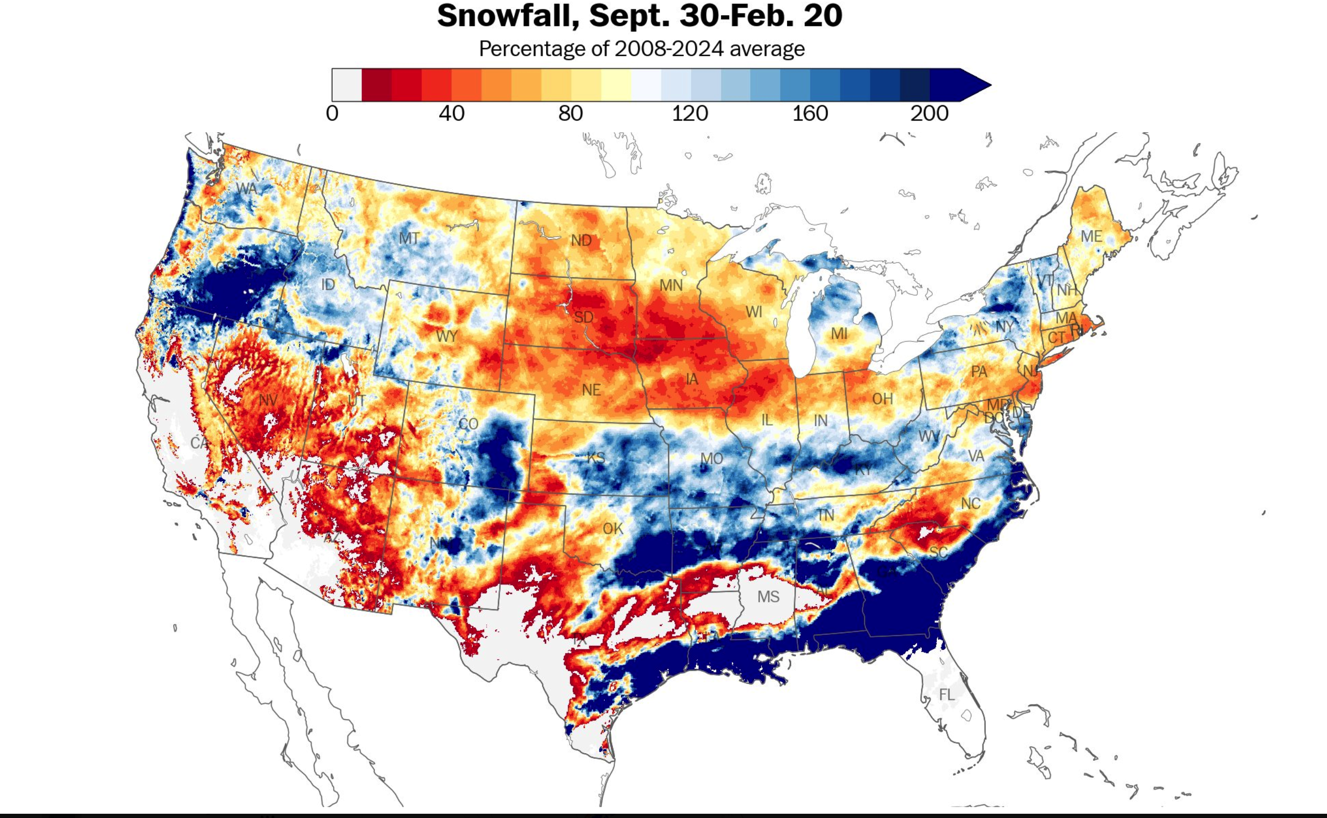
The Delmarva and VA/NC coasts on south really did unbelievably well, not so much inland or north of VA.
-
 3
3
-
-
I now have 10 inches on the season, the upside here is it oddly fell across like 5-6 separate “events” so there were at least several ‘wintry’ days and melt happened way slower than the past few winters.
I’ll take it as someone who loves and appreciates cold weather, winter at least has felt like winter and that counts for something.
This works for me:
-
 4
4
-
 1
1
-
-
Got a nice .25+ so far, had to drive up to EWR to pick my parents up for the airport. Cold, wintry drive!
I’m at, let’s call it 10 inches on the season with today / tonight.
-
 3
3
-
-
Flurries in TR, 26F.
-
 1
1
-
-
4 hours ago, Stormlover74 said:
It's funny you mention that. I was just perusing the great gfs model comeback on Christmas eve morning before the boxing day blizzard of 2010. Everyone should go back and read for fun
Was one of the first old threads I went back and read through when I first signed up at American WX a few years ago. I really think Boxing Day was my favorite storm of all time despite living through multiple HECS. I lived in North Brunswick then which was near one of the maxes in NJ. Especially coming just after the holiday was the perfect chef’s kiss on the whole thing.
Sadly the only big storm I’ve been able to experience live here was 1/29/22 and that was only a real big one for like myself and LI, but was still exciting overall.
-
 1
1
-

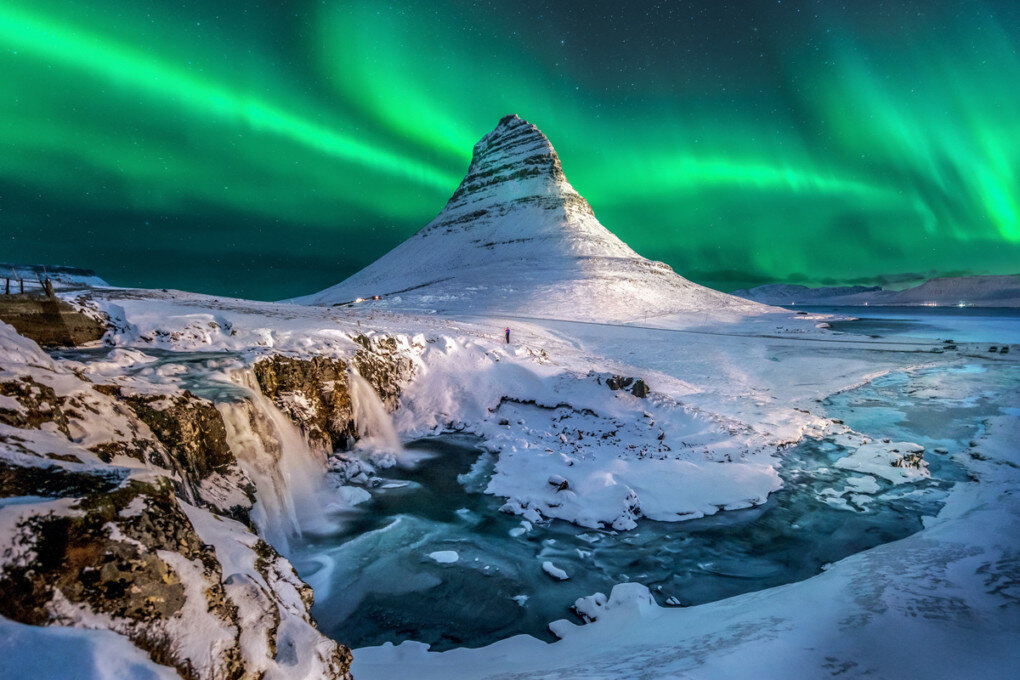
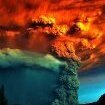
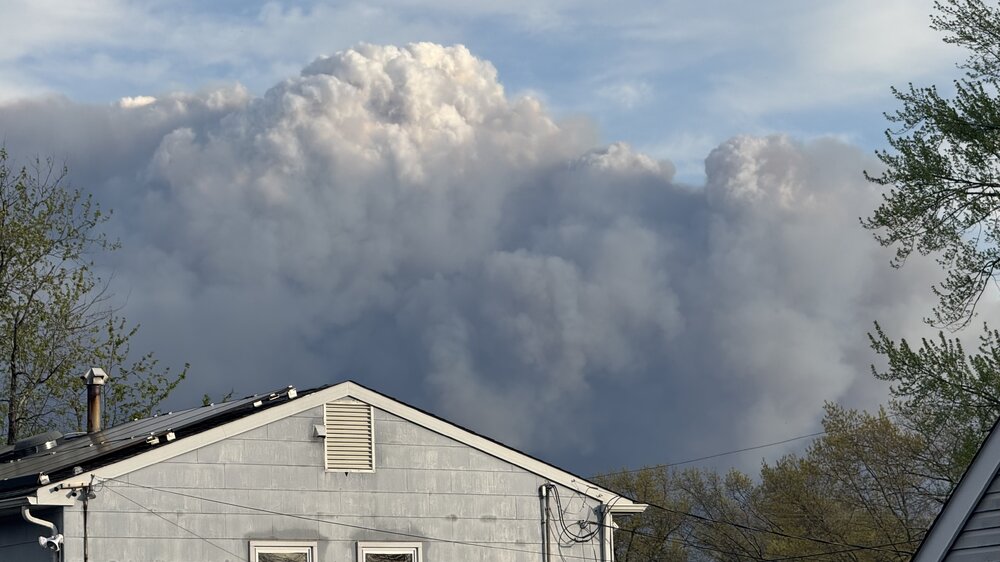

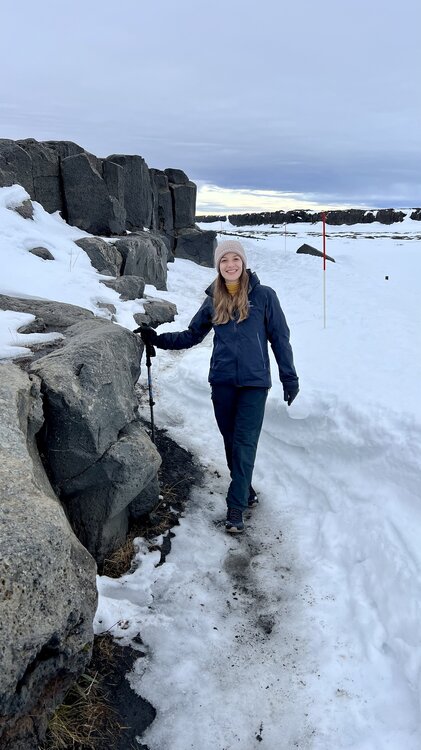
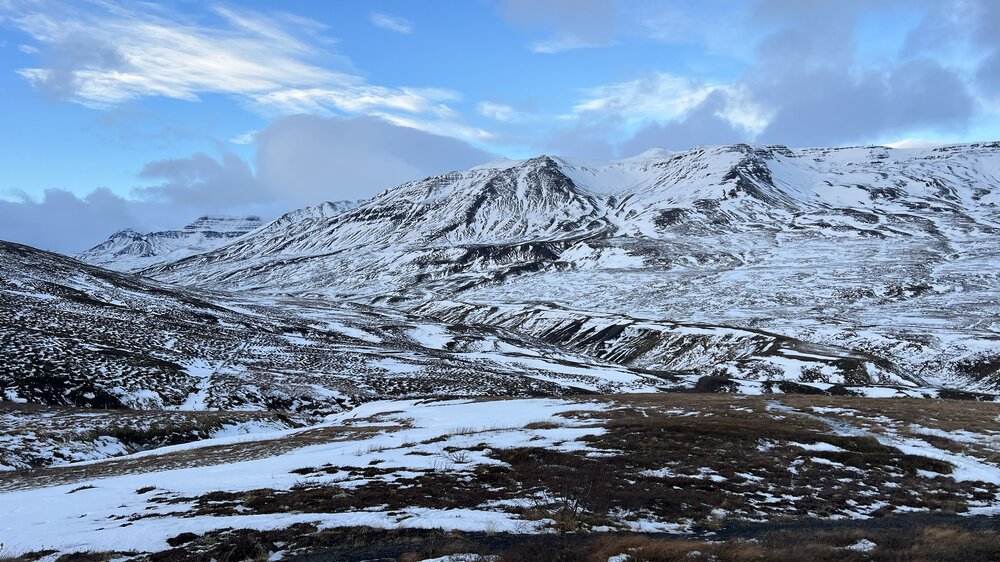
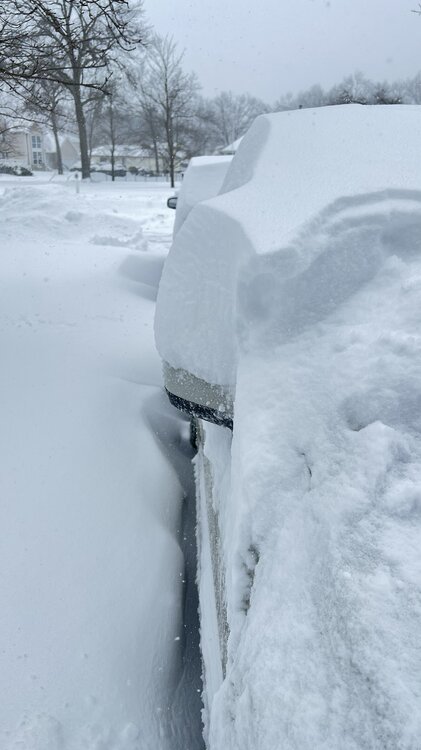
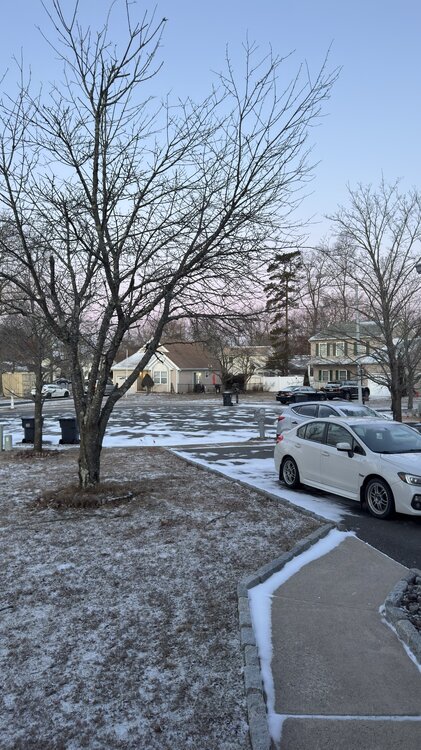
December 2025 OBS and Discussion
in New York City Metro
Posted
Wow, temp is cratering past two hours. 13F